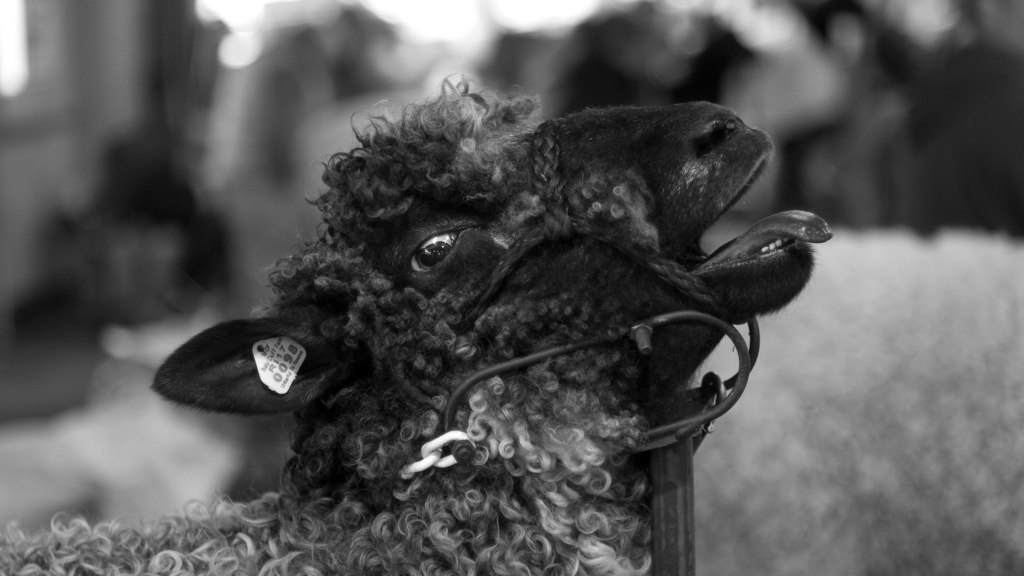payasam
a.k.a. Mukul Dube
The Sigma lens has had many buyers, so clearly it is not out of everyone's reach: but $439 was too expensive for me, and at $200 the 25/2.8 was affordable. Ideas like "expensive" and "cheap" are by their nature relative.
My understanding is that the 20/1.7 is for Micro Four Thirds. My E-300 and E-510 are plain old Four Thirds. To me that is sufficient reason to avoid buying that lens.
BillP, early on I said "Out of focus backgrounds are much more difficult to get than on a full frame 35mm camera", and in a later post I quoted this sentence. The word "more" has to do with degree, and perhaps you will agree that "much more difficult" differs from "impossible".
[edit] Jack, I do a fair bit of portrait work, and in it my Leica and FED with 85 and 50 lenses are much to be preferred to my Four Thirds cameras. I cannot go back to film completely, as photo buyers now want digital files and I need to sell enough to keep the wolf from the door. I chose Four Thirds because both cameras and lenses are at least as good as the competition but cost slightly less and, by and large, are slightly smaller also. Full-frame digital equipment is, at this time anyway, beyond my means.
My understanding is that the 20/1.7 is for Micro Four Thirds. My E-300 and E-510 are plain old Four Thirds. To me that is sufficient reason to avoid buying that lens.
BillP, early on I said "Out of focus backgrounds are much more difficult to get than on a full frame 35mm camera", and in a later post I quoted this sentence. The word "more" has to do with degree, and perhaps you will agree that "much more difficult" differs from "impossible".
[edit] Jack, I do a fair bit of portrait work, and in it my Leica and FED with 85 and 50 lenses are much to be preferred to my Four Thirds cameras. I cannot go back to film completely, as photo buyers now want digital files and I need to sell enough to keep the wolf from the door. I chose Four Thirds because both cameras and lenses are at least as good as the competition but cost slightly less and, by and large, are slightly smaller also. Full-frame digital equipment is, at this time anyway, beyond my means.
Last edited:




